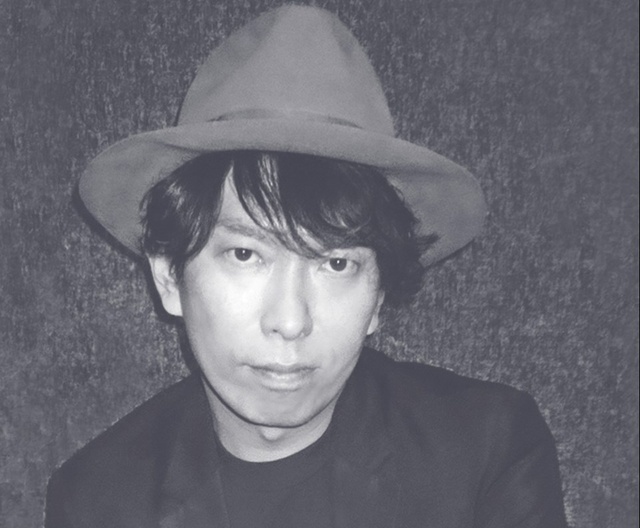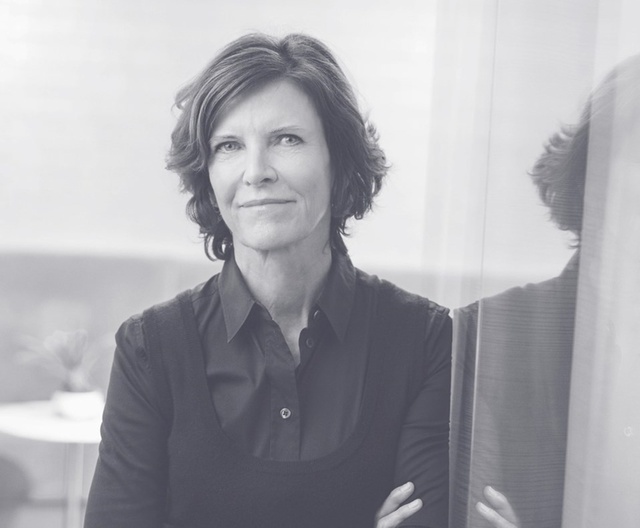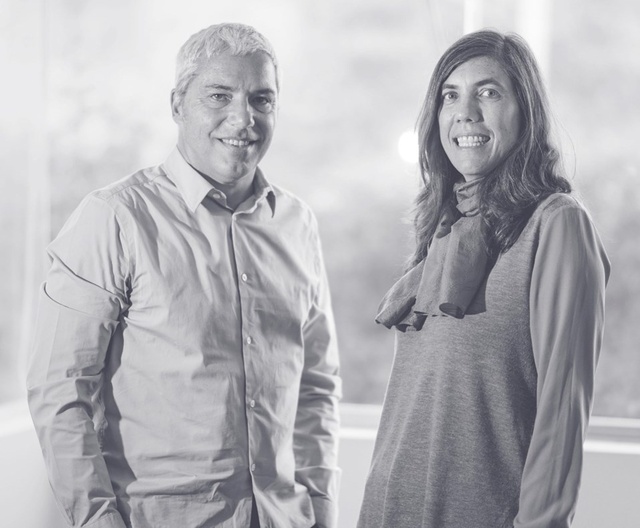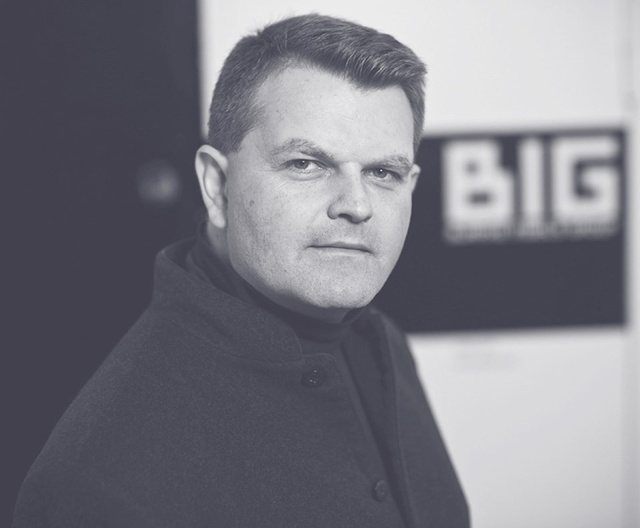in:situ 2024
Te Kāhui Whaihanga, New Zealand Institute of Architects have opened up sales to their insitu conference for 2024.
To be held on the 21st of February 2024, at Auckland’s Spark Arena, the event boasts a line up of five internationally acclaimed keynote speakers. Last year’s conference attracted record numbers, so we recommend to booking your spots in early.
For registered architects, attendance carries at least 60 CPD points.
To view ticket prices and to book click here.
in:situ 2024’s keynote speakers are:

Junya Ishigami
Junya Ishigami has been described by The Guardian’s architecture critic as a “structural alchemist and defier of physics” for his highly experimental designs and poetic vision. The Tokyo-based architect established his eponymous practice in 2004, after working with Kazuyo Sejima at Pritzker prize-winning practice SANAA for four years.
Major projects include the Kanagawa Institute of Technology KAIT Workshop / KAIT Plaza in Kanagawa, Japan, the Park Groot Vijversburg Visitor Center in The Netherlands, Botanical Garden Art Biotop Water Garden in Tochigi, Japan, the 2019 Serpentine Pavilion in London and House & Restaurant in Ube, Japan. Junya has received numerous awards, including an Architectural Design Prize from the Architectural Institute of Japan (2009), Golden Lion award for best project at the Venice Biennale 12th International Architecture Exhibition (2010), and the Mainichi Design Award (2010), which is considered Japan’s most prestigious design award.

Jeanne Gang
Architect Jeanne Gang is the founder of international architecture and urban-design practice Studio Gang. She creates striking public and private places that connect people with each other, their communities and the environment, and is known for her work in expanding the role of designers in society. Jeanne’s award-winning portfolio includes Michigan’s Arcus Center for Social Justice Leadership, the reimagined Arkansas Museum of Fine Arts, and a recently completed expansion to the American Museum of Natural History, which the New York Times called “a poetic, joyful, theatrical work of public architecture”.
Studio Gang is headquartered in Chicago, has offices in New York, San Francisco and Paris and ongoing projects throughout the Americas and Europe. The Studio also develops research, publications and exhibitions that push design’s ability to generate change – a practice Jeanne calls “actionable idealism”. A MacArthur Fellow and Professor in Practice at the Harvard Graduate School of Design, Jeanne has received the Urban Land Institute’s Prize for Visionaries in Urban Development and been named one of the most influential people in the world by TIME magazine.

Sandra Barclay & Jean Pierre Crousse
Sandra Barclay and Jean Pierre Crousse established Barclay & Crousse Architecture in Paris in 1994 and Lima, Peru, in 2006. Sandra studied architecture in Lima and Paris, while Jean Pierre graduated in Lima and Milan. They both have a master’s in landscaping from Diego Portales University, Chile, and are known for exploring the bonds between architecture and landscape. Their projects encompass the private and public realms and have received numerous awards, including the Mies Crown Hall Americas Prize (2018), Oscar Niemeyer Prize (2016), Peruvian National Prize for Architecture (2014 and 2018), and the Latin America Prize (2013). In 2016, Sandra and Jean Pierre were curators of the Peruvian Pavilion at the 15th Venice Biennale, and their work featured at the 16th Venice Biennale in 2018.
They have impressive portfolios as academics, both as visiting professors at Yale, Harvard and the University of Virginia, and are Associate Professors at PUCP, a private university in Lima, Peru.

Kai-Uwe Bergmann
Kai-Uwe Bergmann, FAIA, is a New York-based partner with BIG. The company was founded by Bjarke Ingels in 2005 and now has approximately 700 staff working in architecture, landscaping, engineering, planning and product design. Kai-Uwe oversees BIG’s urban and landscape projects in North America, Europe, Asia and the Middle East, and has contributed to BIG U, the resiliency plan to protect 16 kilometres of Manhattan coastline. Other projects include Brooklyn Queens Park, Smithsonian Master Plan, Pittsburgh Master Plan and Miami Beach Square.
The scope of Kai-Uwe’s work beyond BIG has included teaching assignments at the University of Pennsylvania, IE University in Madrid, and his alma mater the University of Virginia. He has held a Board position with the Van Alen Institute, a New York non-profit dedicated to improving design in the public realm, he participates as a juror on international panels and lectures globally on BIG’s projects.

Oliver Wainwright
Oliver Wainwright has been The Guardian’s architecture and design critic since 2012. He trained as an architect at the University of Cambridge and the Royal College of Art, London, and worked in practice across a range of scales – from strategic urban planning in the Mayor of London’s Architecture and Urbanism Unit, through to international competitions at OMA in Rotterdam. He has written extensively on architecture, design, urbanism, housing and the planning system for a wide range of publications. Oliver is a visiting critic at several architecture schools and is the author of Inside North Korea (Taschen, 2018), an architectural journey into the Hermit Kingdom.









